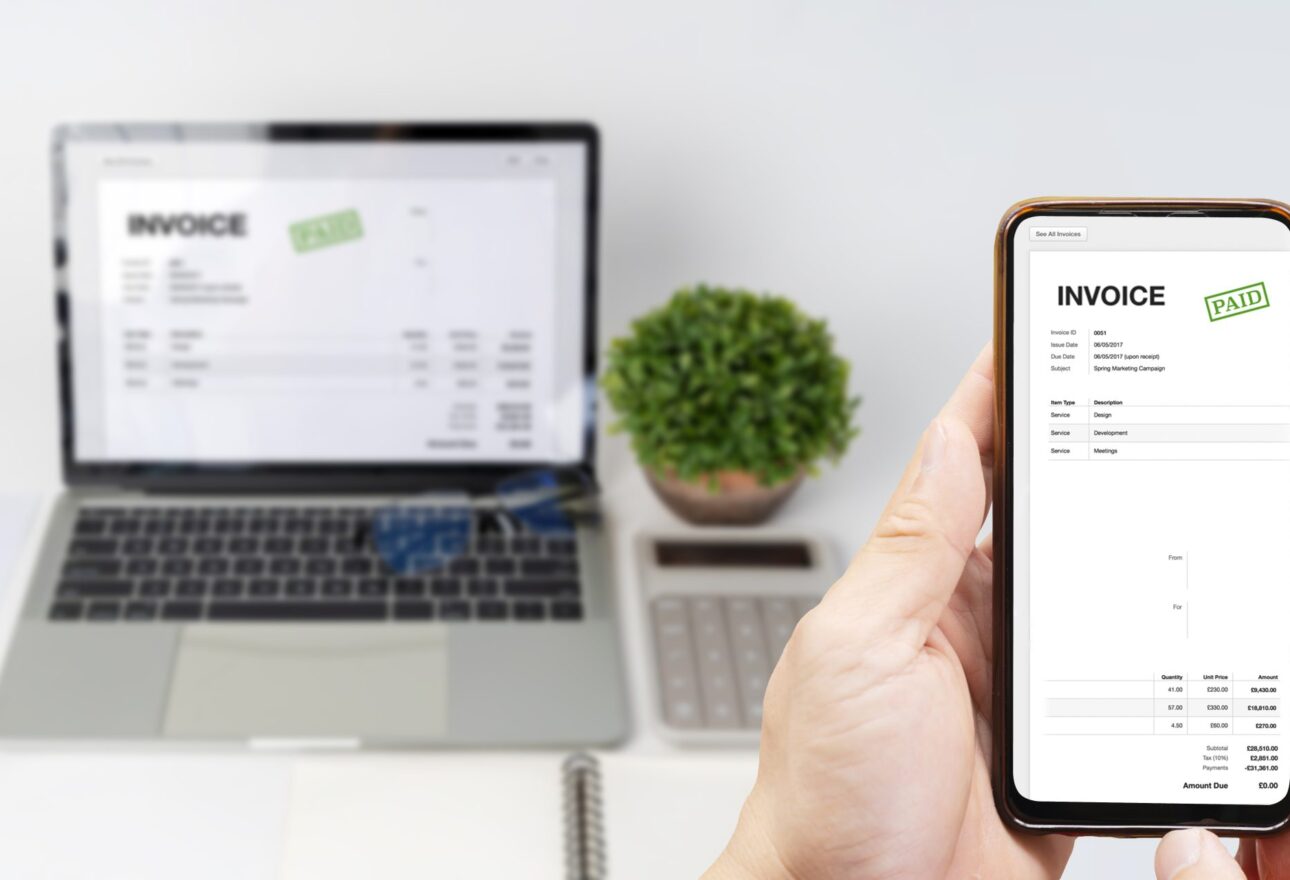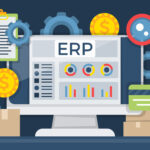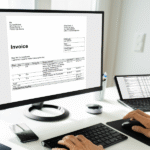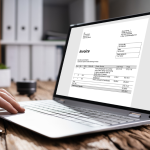The business environment at present is characterized by dynamism, and this implies among other things that time is greatly valued. Optimization of flow and efficiency in the general function are crucial in order to continue competing. One area that can greatly benefit from a makeover is the labor process of handling invoices.
Enter electronic invoicing by embracing this approach businesses can tap into a range of advantages that extend beyond saving paper. Let’s explore how e invoicing system could transform your invoicing process, boosting profitability and freeing up resources.
What Exactly is E Invoicing?
E invoicing involves the exchange of invoices between companies. Unlike paper invoices that involve printing, mailing and physical filing e invoices are. Transmitted digitally in a structured format. This allows for integration with accounting systems facilitating automated processing and efficient data transfer.
Key Advantages of E invoice
The benefits of adopting e invoicing are manifold and significant for businesses across all scales. Here are some crucial advantages to take into account;
- Improved Productivity: invoicing eradicates the need for manual inputting of data minimizing errors and expediting invoice processing times. This results in payments enhanced cash flow management and decreased administrative expenses.
- Enhanced Precision: Say goodbye to deciphering notes or fixing typos on paper invoices. Electronic invoicing guarantees consistent data reducing the chances of mistakes and disagreements.
- Quicker Payments: E invoices are transmitted and processed digitally cutting down the time for businesses to receive payments significantly. This can enhance your cash flow and financial stability.
- Less Paperwork: E invoicing removes the necessity for printing, storing and handling paper invoices. Nor does this save on paper expenses. Another advantage is a more environmentally friendly attitude in business.
- Improved Transparency: Through today’s E invoicing systems, companies obtain online information on the status of these papers that help them to manage payment and, consequently, cash flows.
- Simplified Adherence to Regulations: Many tax authorities require e invoicing simplifying compliance, for businesses and lowering the risk of penalties.
- Enhanced Customer Satisfaction: E invoices are easily accessible electronically giving customers an effective way to view and handle their invoices.
How Does Electronic Invoicing Function?
The process of e invoicing typically includes these steps;
- Creating an Invoice: An e invoice is produced using either your own accounting software or an e invoicing platform in a structure that is not altered from the original.
- Validation Process: It goes through validation to check on the correctness of the records as well as compliance with the set tax laws.
- Secure Transmission: Following validation the verified e invoice is securely sent to the buyers accounting system electronically.
- Receipt and Processing: Upon receipt of the e invoice the buyer can seamlessly process it within their accounting system streamlining the invoicing cycle and minimizing errors.
Considerations for E Implementation
Before adopting an e invoicing solution it’s essential to consider a few key factors;
- Selection of E Invoicing Solution: Regarding the possibilities of its application, there are several e invoicing solutions that differ in terms of functions and cost. When choosing a solution it is important to ensure that the particular solution is compatible with your existing accounting software and that it meets all your organizational needs.
- Vendor Compatibility: Before engaging in the trading partners in use of e invoices, ensure that they have the ability to handle and process e invoices. Some strategies provide instruments that might help you solve issues related to improving communication and adoption with your vendor partners.
- Internal Processes Alignment: Implementing e invoicing may necessitate adjustments to processes. Providing training for staff on the system and ensuring integration into existing workflows are vital steps in this process.
The Future of Electronic Invoicing
Digital invoicing is quickly becoming the norm, for business to business transactions. Governments worldwide are increasingly requiring invoicing, which is driving its adoption.
As technology progresses we can anticipate features. These may include functionalities like real time tracking of invoices, automated payment reminders and integration with technology to enhance security and transparency.
In summary
By embracing invoicing businesses can achieve a significant competitive edge. From increased efficiency and cost savings to customer service and adherence to regulations electronic invoicing presents a solution for streamlining your invoicing process.
Advintek’s team of specialists is dedicated to supporting you through each stage of invoicing ensuring a successful transition. Reach out to Advintek today to explore our invoicing solutions and unleash the potential of an streamlined invoicing process.









